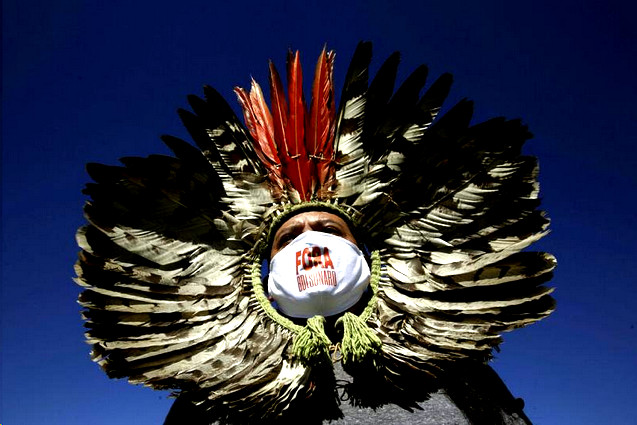The updated assessment also shows the fire ground includes more than 3.5m hectares of the state’s best koala habitat
 |
| The report also maps the relative severity of the fires based on how much of the tree canopy appears to have burnt. Photograph: Rob Blakers |
The report, an updated assessment of the effect of the fires on wildlife and landscapes, said 293 threatened animal species and 680 threatened plant species have habitat in the state’s fire ground. The affected area includes more than 3.5m hectares of the state’s best koala habitat.
Almost six months on from the crisis, the impact of the fire season is only beginning to be understood.
Recovery work has begun in some areas, while in others, the Covid-19 pandemic shut down early assessment work.
The fire ground includes 245 of the state’s 878 national parks and 208 out of 522 state forests.
The report maps the relative severity of the fires based on how much of the tree canopy appears to have burnt.
The maps were produced using geospatial data and will be refined over time with more on ground assessment, a NSW environment department spokesperson said.
Of the national parks in the fire ground, the analysis found 23% have had their canopy fully affected and 36% partially affected. In state forests, those figures are 17% and 32% respectively.
The report rated the ecological condition of forests in the fire ground, which is a measure of the quality and the intactness of habitat compared to its original condition.
Within the NSW RFS fire ground, 72% of the original ecological was estimated as remaining in 2013. In 2020, that figure has decreased to 44% the report states.
The analysis also looked at the ability of these locations to support native species and ecosystems, what is known as “ecological carrying capacity”.
It estimated that within the fire ground 62% of the original carrying capacity remained in 2013. That had now fallen to 38%.
As well as 37% of rainforests being affected, other findings included:
- 52% of all heathlands in NSW has been affected by fire.
- 50% of wet sclerophyll forests has been affected.
- 25% of the most suitable koala habitat in eastern NSW is in the RFS fire ground. That includes 68% of the best koala habitat on the south coast, 34% of the best koala habitat in the northern tablelands and 30% of the best koala habitat on the north coast.
John Merson, the executive director of the Blue Mountains World Heritage Institute, said although more than 80% of the world heritage area had burnt, it had not burnt uniformly or at the same intensity.
He said there were areas of refuges, and recovery was occurring, but some critical ecosystems, including swamp communities that are important water resources had been affected on a large scale.
Merson said surveys were occurring to examine not just the short term effects of the fires but what the longer term effect of climate change would be on the recovery, noting concern about fires returning with greater frequency.
“I think we need a better understanding of how to protect this environment,” he said.
In the state’s north, the botanist Robert Kooyman has been surveying areas of the Gondwana rainforests, including in the Nightcap national park.
He said six months on there had been a significant resprouting in eucalypt forest and in the rainforest.
But he said there was also a continuation of tree mortality.
“Trees die slowly. There’s a continuing impact of the fires six months later,” Kooyman said.
“The short story is there’s signs of life but the loss of large trees is something that doesn’t get replaced quickly.
“We’re talking many decades and in some cases hundreds of years to replace that.”
The department’s spokesperson said it was expected both the ecological condition and carrying capacity of the fire-affected areas would improve as areas regenerated.
“This response will be captured in future assessments.”
Links
- NSW Fire and the Environment 2019–20 Summary (pdf)
- Bushfire crisis: more than half of all Australians found to have been directly affected
- Reporting on the Australian fires: 'It has been heartbreaking'
- Wollemi pines' survival shows what humans can do when determined
- Prehistoric Wollemi pines saved by firefighters from Australia's bushfires – video
- NSW and Victoria survey damage as 'megablaze' forms – as it happened
- Police contradict claims spread online exaggerating arson's role in Australian bushfires
- NSW south coast and southern highlands bushfires tear through areas that have not burned in decades
- Revealed: 'monumental' NSW bushfires have burnt 20% of Blue Mountains world heritage area








